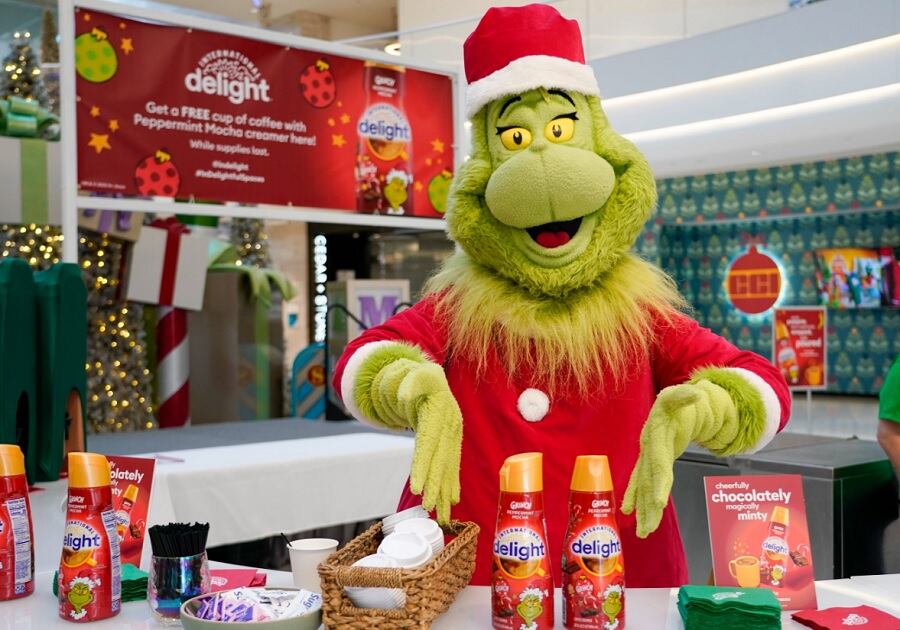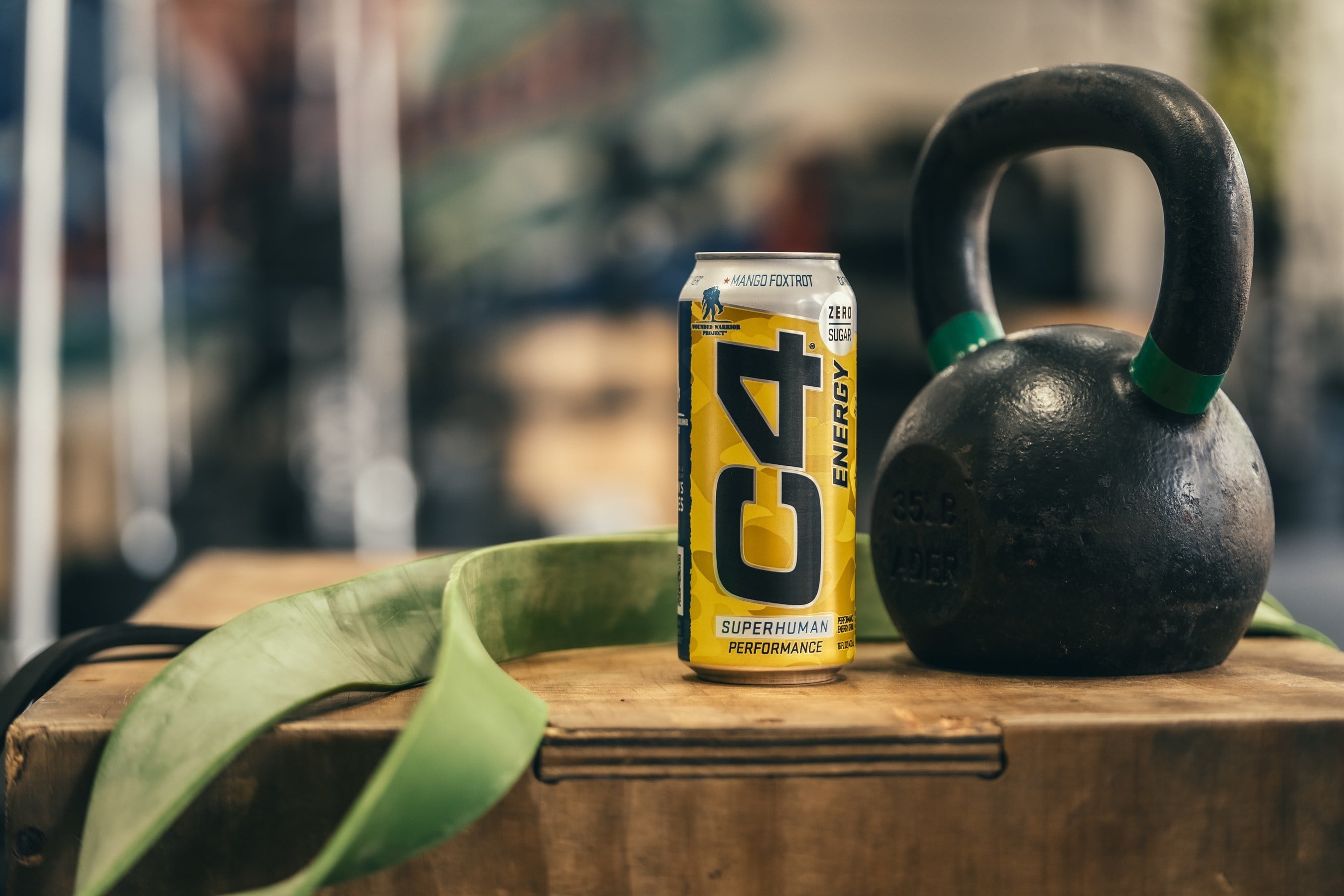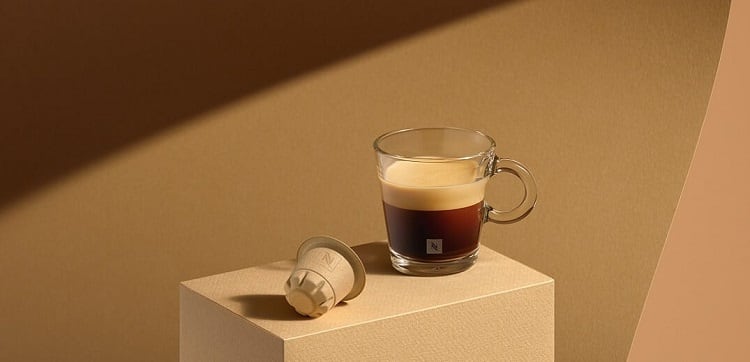To do this, Nestlé plans to leverage its three iconic coffee brands – Nescafe, Nespresso and Starbucks – to tap into consumer demand for a coffee-shop-at-home experience, the recovery of more premium out-of-home occasions and expanded global appeal in regions where coffee is not yet part of the daily ritual, says David Rennie, head of Nestlé Coffee Brands at Nestlé SA.
“Within these brands, we have a unique ability to play and capture value at every single price point” with offerings “that can delight consumers and customers,” Rennie told analysts gathered in Barcelona late last month for the company’s investor day.
“We also have a unique ability with our different distribution models to capture value and segment the market in different ways,” he added, explaining that Nepresso is direct-to-consumer, Nescafe is almost exclusively retail and all three brands are split in a unique way as to compete and win.
Nestlé’s ability to deliver on these claims is illustrated its steady market share growth over the last 3.5 years with “strong share performance across all of our different brands and across all our different regions,” so that “one in five cups of coffee that are drunk globally today are going to be a Nestlé coffee,” Rennie said.
While he acknowledged that is an “impressive” stat, he added it is also daunting “because it gives you a sense of the responsibility we take for continuing to delight consumers and build out this category.”
Consumers expect more of their in-home coffee experience
The first way that Nestlé plans to grow market share and its business is to meet the growing consumer demand for the “coffee shop at home experience,” which gathered traction during the pandemic and which is proving sticky even as consumers return to work and are once again able to visit cafes, Rennie said.
“Many consumers are coming into coffee and being educated in coffee through their experience in coffee shops, and that has really risen the bar in expectations of what consumers are looking to experience.
“[They want to know] where the coffee comes from. The terroir – the area of the world that the coffee is developed in – is becoming increasingly important,” as is the “connoisseurship – what sort of coffee it is, how it is brewed, how it is roasted,” Rennie said.
Nestlé’s Nespresso Reviving Origin line of rare single-source coffees is responding to this demand by providing consumers with coffee grown in regions where drought, famine or war have hindered productions.
“We go into those areas, work with farmers and basically resurrect coffee-growing areas. That makes the coffee very rare, it makes the coffee expensive” and it “delights our Nespresso consumers by giving them the rarest, least accessible coffee in one go,” Rennie said.
Consumers’ growing coffee expertise also is fueling increased coffee drinking occasions with “many people drinking not just a cup of black coffee in the morning but some cold coffee or flavored coffees at different times during the day,” Rennie noted.
'We have almost doubled the size of the [Starbucks] business that we bought in 2018'
Through the Starbucks brand, Nestlé is expanding its in-home offering of coffee that goes beyond a functional morning beverage.
“We have almost doubled the size of the [Starbucks] business that we bought in 2018,” by going from “launching 24 SKUs in March 2019 to having 190 SKUs available in over 80 countries around the world,” Rennie said, adding that the brand has connected with 14 billion individual purchase occasions for at home consumption in the past four years.
“We continue to co-create and drive this relationships strongly for the future,” he said.
'Most of the coffee that is consumed in a Starbucks today, over 50%, is a cold beverage...'
Finally, Rennie said, Nestlé sees cold coffee as a way to give consumers a great cup of coffee at home, and it is exploring how best to meet this across its brands.
“Most of the coffee that is consumed in a Starbucks today, over 50%, is a cold beverage … There is a whole generation of young people entering this category through cold, and many of them will consume cold all of their coffee drinking days, so capturing that cold opportunity and being relevant there is a big growth driver for us going forward,” he said.
Balancing out-of-home and in-home consumption
As Nestlé fosters the at-home drinking experience that got a boost from the pandemic, it also is looking to rebuild the out-of-home coffee business as employers begin asking staff to return to the office.
“To get people back into offices, many employers are offering an upgraded coffee experience and want to bring big brands with coffee corners into their office to encourage their employees back in. That is giving us huge opportunities for brands like Nespresso and Starbucks to capture that occasion,” Rennie said.
At the same time, he said, hybrid working means that there are still extra at-home occasions for consumption that did not exist pre-pandemic.
“As this settles down, premiumization in out-of-home and also increased consumption, albeit maybe one or two days extra a week, all add up to a very buoyant volume proposition,” he said.
Expanding coffee consumption around the world
The third major driver of coffee consumption in the coming five to ten years which Nestlé is pursuing is expansion of consumption in countries where coffee consumption is low.
“Roughly three billion consumers for whom coffee is not a natural part of their daily beverage drinking. China, India, large parts of Africa, all of these markets have huge potential, as we introduce coffee as a category to those markets to have increased consumption,” Rennie explained.
The company plans to win over consumers in these markets is by offering more premium Nescafe options, more locally produced options and through machines that allow local cafes to roast and serve premium offerings as a way to educate consumers about the category.
The ultimate goal of these steps, as well as developing more sustainable and digitized offerings, is to push Nestlé to outperform the coffee category, which Rennie predicts will grow 5% over the medium to long term.
“Rest assured, we will continue to move at speed to capture all the growth that we see available, and we will be using our digital capabilities to really underpin that growth,” he concluded.




